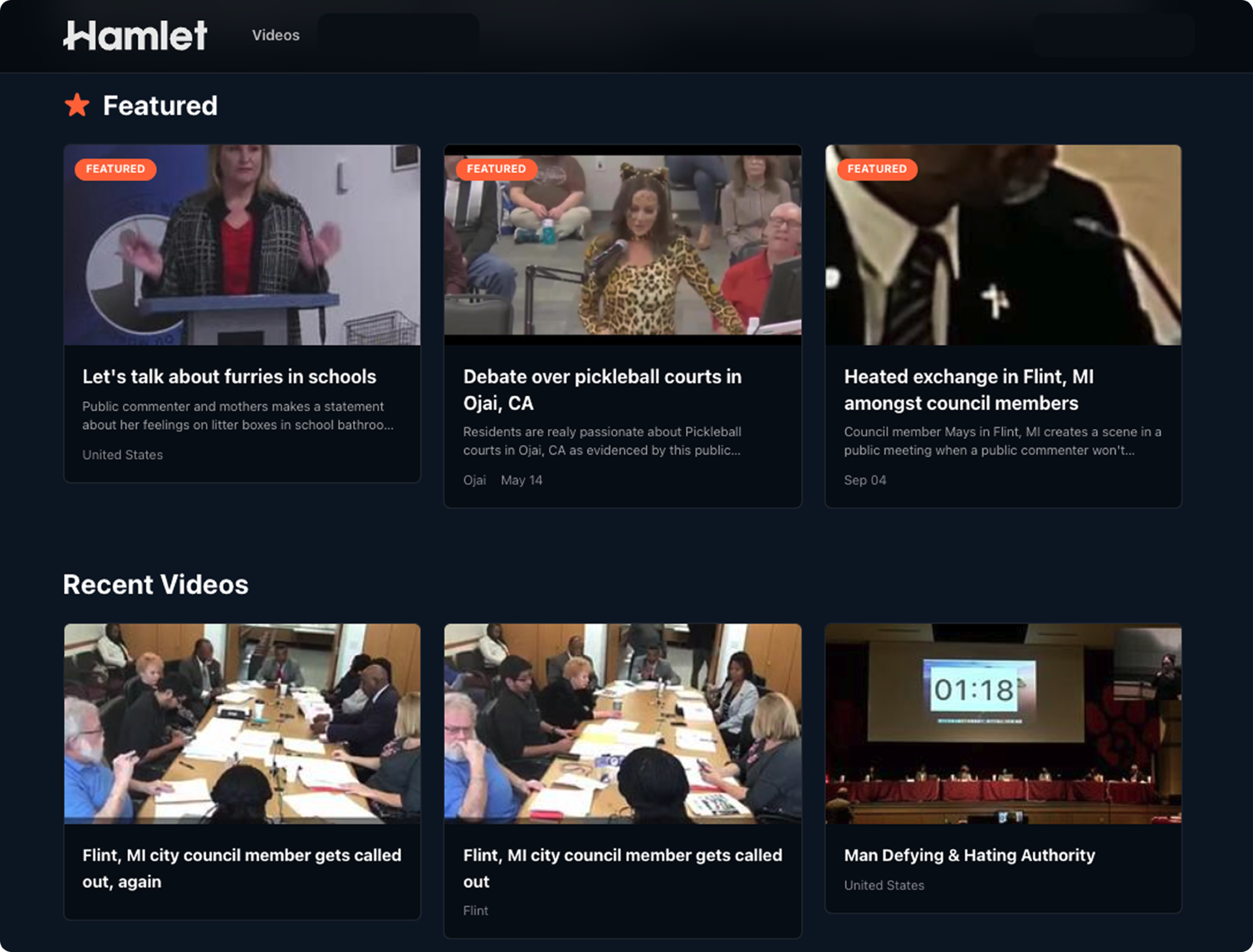
Google has introduced a significant expansion of its Chrome browser’s autofill capabilities, enabling users to automatically populate online forms with highly sensitive personal data, including passport, driver’s license, and vehicle registration details. This latest update, announced on Monday, November 3, 2025, marks a notable evolution in how web browsers manage and facilitate digital identity, aiming to reduce friction in countless online transactions. The move builds upon Chrome’s existing functionality, which already assists users with addresses, passwords, and payment information, further embedding the browser into the fabric of daily digital life.
A New Frontier in Digital Convenience
The enhancement targets desktop users who have enabled the "enhanced autofill" feature within Chrome. When prompted on a webpage, the browser can now suggest and fill in details such as passport numbers, driver’s license identifiers, and various vehicle specifics like license plates or Vehicle Identification Numbers (VINs). This expansion is not merely about adding new data types; Google states that Chrome’s underlying technology has been improved to better interpret complex online forms and accommodate diverse formatting requirements, promising increased accuracy and reliability across the vast landscape of the internet. The feature has rolled out globally, supporting all languages, with Google hinting at the inclusion of even more data types in the coming months.
The Evolution of Browser Autofill
The concept of autofill is far from new, yet its journey from basic utility to a comprehensive digital assistant reflects the broader trajectory of internet usage and technological advancement. In the early days of the web, browser autofill was a rudimentary function, primarily designed to save simple information like names, email addresses, and postal addresses. Its purpose was straightforward: to save users the repetitive task of typing out common details on various websites.
As the internet matured into a transactional platform, requiring more secure and sensitive information, autofill capabilities evolved. The mid-2000s saw the emergence of more sophisticated password managers, either built into browsers or offered as third-party extensions. These tools not only stored login credentials but also began to manage payment card information, recognizing the need for both convenience and security in e-commerce. Google Chrome, since its launch in 2008, has been at the forefront of integrating these features directly into the browser experience, aiming to create a seamless and efficient online journey for its users.
The current expansion into government-issued identification and vehicle details represents a qualitative leap. It moves beyond typical consumer-facing data to information historically associated with official documentation and regulated processes. This step aligns with a growing trend towards digital identity solutions, mirroring developments seen in mobile operating systems like Apple’s Wallet and Google’s own Google Wallet, which increasingly allow for the digital storage and presentation of driver’s licenses, state IDs, and other credentials. This integration within the browser context, however, presents unique considerations for security and user trust, as the browser traditionally serves as a gateway to external sites rather than a primary repository for such highly sensitive, foundational identity documents.
Security Architecture: Safeguarding Sensitive Information
The decision to entrust a web browser with passport numbers and driver’s license details inevitably raises significant security and privacy questions. Google acknowledges these concerns, emphasizing that Chrome’s implementation includes robust safeguards. Critically, the browser will only store autofill data when explicitly granted permission by the user. This opt-in mechanism is fundamental, ensuring users maintain control over what information is digitized and saved.
Furthermore, Google states that all stored autofill information, particularly these new sensitive data types, will be protected through encryption. Encryption scrambles the data, rendering it unreadable to unauthorized parties, even if a breach were to occur. This is a standard security practice for sensitive information, aiming to mitigate the impact of potential data compromises. An additional layer of security is the requirement for user confirmation. Before Chrome automatically populates a form with saved information, it will prompt the user for verification, adding a crucial manual check to prevent accidental or unauthorized data entry. This "human in the loop" approach serves as a final gatekeeper, ensuring that sensitive details are not inadvertently shared.
While these measures are designed to instill confidence, the inherent risks associated with centralizing such critical data cannot be entirely eliminated. Experts in cybersecurity often highlight that no system is entirely impervious to attack. The greater the volume and sensitivity of data stored in one place, the more attractive a target it becomes for malicious actors. Therefore, the ongoing vigilance of Google’s security teams, coupled with user adherence to best practices like strong, unique passwords and multi-factor authentication for their Google accounts, will be paramount in maintaining the integrity of this feature.
Navigating the Digital Identity Landscape: Benefits and Risks
The societal and economic impact of such a feature is multifaceted. On the one hand, the convenience offered by autofilling official documents could be transformative. Imagine applying for a travel visa, renewing a vehicle registration online, or filling out a rental car agreement without having to manually type out every character of a passport or license number. This streamlining could significantly reduce the time and effort spent on administrative tasks, enhancing efficiency for individuals and potentially reducing error rates in form submissions. For industries reliant on identity verification, such as travel, finance, and government services, a more seamless data entry process could translate into improved user experience and reduced operational costs.
However, the benefits of convenience are juxtaposed with considerable risks. The centralization of highly sensitive identity documents within a browser profile raises immediate privacy concerns. A single point of failure – whether through a sophisticated hacking attempt on Google’s infrastructure, a breach of a user’s local device, or a successful phishing attack that compromises a Google account – could expose a treasure trove of personal data. Such an exposure could facilitate identity theft, fraudulent activities, and other serious consequences.
From a privacy perspective, the question of how this data is handled by Google beyond its autofill function is also pertinent. While Google assures encryption and user control, the sheer volume of personal data that could potentially be managed by the company’s ecosystem might raise eyebrows among privacy advocates. This move aligns with a broader trend where tech giants are increasingly becoming custodians of vast amounts of personal information, prompting ongoing debates about data governance, user rights, and regulatory oversight in the digital age.
Wider Implications: Market Dynamics and User Behavior
This feature arrives at a time of intense competition in the browser market, particularly with the emergence of new AI-driven browsers. Google’s strategic move can be viewed as an effort to solidify Chrome’s position by offering unparalleled convenience, thus differentiating itself from competitors. By integrating deeply into the user’s digital identity management, Chrome aims to become an indispensable tool, making it harder for users to switch to alternative browsers that may not offer the same level of integrated functionality.
User behavior will play a critical role in the success and safety of this feature. While many users are likely to embrace the convenience, a segment of the population may remain hesitant to store such sensitive information within their browser. The level of trust users place in Google, coupled with their awareness of security best practices, will largely dictate adoption rates. Education around the security features and the importance of securing one’s Google account will be crucial for widespread acceptance.
Moreover, this development could influence the broader ecosystem of identity management solutions. Dedicated password managers and digital identity wallets may face increased competition from Chrome’s integrated offering. However, they may also adapt by emphasizing even higher security standards, cross-platform compatibility, or specialized features that Chrome might not offer, fostering innovation in the digital identity space.
Chrome’s Broader AI-Driven Strategy
The introduction of enhanced autofill capabilities is not an isolated development but rather a piece of Google’s larger strategy to make Chrome more helpful and intelligent, particularly in the face of burgeoning competition from new AI-powered browsers. Google has been aggressively integrating artificial intelligence and machine learning across its product suite, and Chrome is no exception.
Just weeks prior to this autofill announcement, Google rolled out Gemini, its advanced AI model, directly into Chrome for all Mac and Windows desktop users in the U.S. This followed an initial limited release for subscribers, signaling Google’s intent to democratize access to its AI capabilities. The company also unveiled plans to introduce "agentic browsing" features, which would allow Chrome to proactively assist users with complex tasks, going beyond simple information retrieval to actively performing actions on their behalf. This could include, for example, summarizing lengthy articles, planning trips, or even managing online purchases more autonomously.
Other recent Chrome updates underscore this focus on enhancing user experience through smart features. These include the addition of an AI Mode search feature directly into the address bar, aimed at providing more intelligent search results, and the deployment of AI to combat AI-generated scams, a critical step in maintaining online safety. Furthermore, Google has committed to rolling out automatic password resets for compromised credentials and has introduced smaller, yet impactful, features like automatically disabling browser notifications for infrequently visited websites and simplifying the process of switching between work and personal Google accounts on iOS. These collective enhancements paint a picture of Chrome evolving from a mere web browser into a comprehensive, AI-powered digital assistant.
Looking Ahead: The Future of Browser Functionality
The expansion of Chrome’s autofill to include highly sensitive identification documents represents a significant step in the ongoing digital transformation of personal and administrative tasks. It exemplifies the industry’s push towards greater convenience and seamless online experiences, driven by advancements in AI and data management. As browsers continue to integrate more deeply into users’ digital lives, the delicate balance between enhancing functionality and safeguarding privacy and security will remain a central challenge for technology companies and a critical consideration for users. The future of browsing appears to be one where the browser acts not just as a window to the internet, but as an intelligent, proactive agent, capable of managing an increasingly complex array of personal data and digital interactions.





